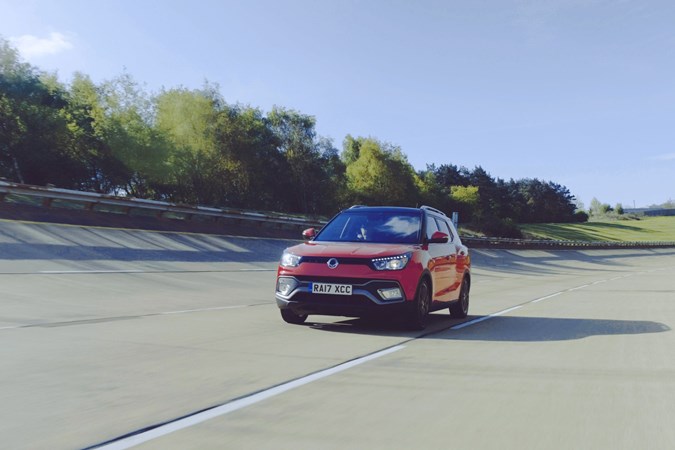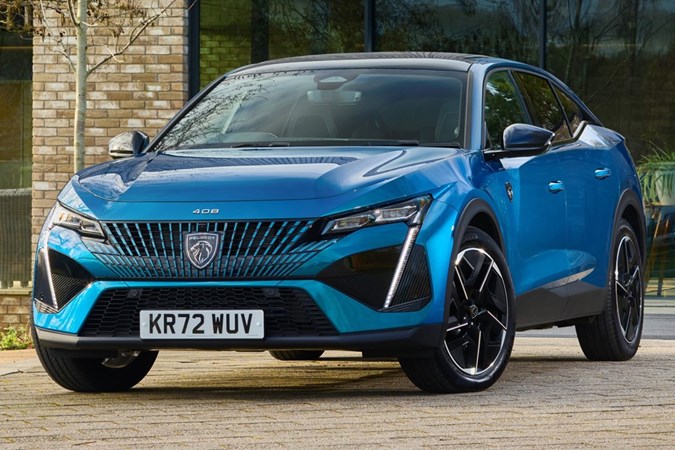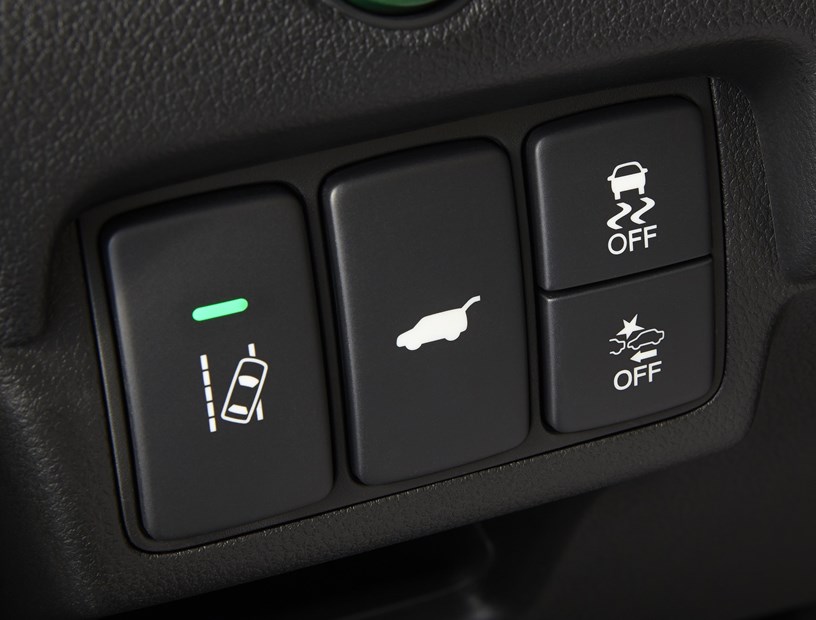Lane-departure warning (LDW) is a driver assistance system that alerts you to your car straying out of its lane. Simple in principle, actually quite complex in execution. There are significant differences between the various car manufacturers’ LDW systems, as well. Once you understand it, and how it operates in your car, it can make a valuable contribution to your safety on the road.
In this guide, we’re going to explain everything you need to know about lane-departure warning systems, how they work and how they interact with the way you drive.
How does lane-departure warning work?
Lane-departure warning systems track where a car is relative to the road’s white lane markings using sensors or a camera usually positioned in the windscreen, in the rear-view mirror housing. Some more advanced systems also track other lane markings on the left-hand side of the road.
If the system concludes that the car is too close to the lines, it triggers an alert, either a flashing symbol on the instrument display or a vibration through the seat or steering wheel. You’ll also feel some resistance in the steering, an extra prompt to change the car’s trajectory.

What if I want to actually change lanes?
Lane-departure warning systems are linked to a car’s indicators. If they’re turned on, the system won’t be triggered. It’s as simple as that. Now, that’s perfectly fine when changing lanes to the right. However, British drivers can get caught out when moving back to the left.
Because the Highway Code doesn’t require that we always indicate when switching lanes to the left, British drivers tend not to. But LDW systems aren’t programmed with the vagaries of UK driving rules and are triggered by an unindicated move to the left, forcing you to fight the car a bit to cross back into the left-hand lane.
Is lane departure warning the same in every car?
Different car manufactures use different forms of warning. Some use a flashing warning light, others use a vibration. But there are differences in when you get a warning, as well.
Some systems let you get quite close to the lane’s lines before issuing a warning, others can be rather jumpy, triggering much earlier. We haven’t done any testing to know for sure, but it often seems like some LDW systems aren’t happy unless you’re within half-a-metre of the centre of the lane.

What’s the difference between lane assist and lane departure warning?
Both lane assist – or lane-keeping assist (LKA) – and lane departure warning are emergency lane keeping systems (ELKS) in car industry jargon. They help you keep your car in its lane but go about it in different ways.
We’ve already covered what LDW is and how it works, so here’s the lowdown on LKA. When a car strays towards the edge of its lane, lane-departure warning alerts the driver to the fact. If they don’t then take action to correct the situation, lane-keeping assist intervenes and steers the car back towards the centre of the lane. If you’ve never experienced LKA before, it can be rather disconcerting the first time, but you soon get used to it.
There are cars that just have lane departure warning, such as the Citroen C3, but cars with lane-keeping assist always have LDW, as well.
How effective is lane departure warning?
In theory, you should never get close enough to the centre or edge of a lane to trigger LDW but that’s virtually impossible to achieve in practice. It can certainly be when you’re getting used to the width of a new car, and it’ll snap you back to attention if your focus has wandered.
However, LDW systems often struggle to interpret what’s going on when the lines are faint or broken, or when there are no lines at all. They can be confused by snow-covered roads, as well. When lane-keeping assist is also in the mix, you can occasionally find yourself fighting against the systems in circumstances that are already less than ideal.
Fortunately, though, there is a solution to that particular problem, which brings us to our next question.

Can you turn lane-departure warning off?
Yes, you can. You may just want to turn it off in some circumstances, some drivers do so every time they start their car. Same goes for lane-keeping assist.
Exactly how you turn LDW off varies from car to car. Some cars have a button on the dashboard bearing a symbol similar to that pictured at the top of this page, usually to the right of the steering wheel. In other cars you’ll find it in the Driver Assistance menu on the touchscreen. You might also be able to raise and lower the level of intervention from LDW, as in the BMW 7 Series.
Note that some cars let you to turn LDW off permanently, however in cars sold from July 2022, you have to turn it off every time you start the car.

What cars have lane-departure warning?
Lane-departure warning systems have been around since the early 2000s. In the early years, it was largely only available on high-end models but became much more common in the 2010s when Euro NCAP made it mandatory for a car to achieve a five-star safety rating.
In July 2022, emergency lane keeping systems – lane departure warning and lane-keeping assist – became legally required on most new cars sold in the EU and UK. However, in practice the rule only applies to cars launched after that date, such as the Peugeot 408.
Many cars that were launched before July 2022 already had both LDW and LKA, including the Ford Focus. However, cars that are much older designs, like the Fiat 500, don’t have electrical systems that can support advanced driver assistance systems and are therefore exempt from the ELKS requirement.

How do I know if my car has lane-departure warning?
Find the Parkers review of the car you own or are thinking about buying and click through to the practicality page. Scroll down to the bottom and you’ll find a section on the car’s safety features that will highlight its LDW system if it has one. Alternatively, search online for the car’s detailed specifications. If you’re still unsure, you’ll find out if you happen to trigger the system while driving.
Looking for more jargon-busting motoring meanings? Head over to our Parkers Car Glossary page and take a look at our other definitions
Just so you know, we may receive a commission or other compensation from the links on this website - read why you should trust us.














